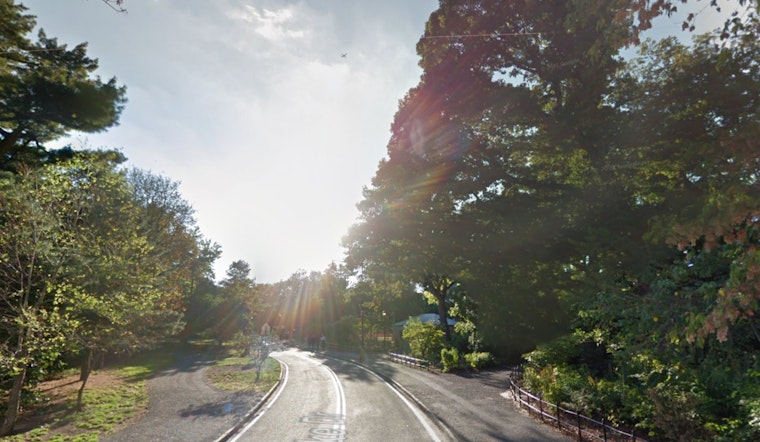Brooklyn’s Prospect Park became the recent scene of a fire emergency yesterday, with the New York City Fire Department rapidly responding to a brush fire spanning approximately 2 acres. With the Northeast in the grip of one of its most prolonged droughts, and high winds creating red flag conditions, the blaze represented a tangible consequence of the environmental strain the region is under. The FDNY reportedly had the situation under control by around 9:40 p.m., approximately three hours following the initial call for help, as duly noted by
NBC New York
. One firefighter incurred minor injuries during the response effort and received hospital treatment.
While the exact cause of the fire near Flatbush Avenue remains undetermined, firefighters advanced with technological aid, employing drone technology to detect, and address lingering hot spots. The FDNY’s strategic use of these drones aims to prevent any further spread, especially in such dry, prime conditions for wildfires, stated the department in a tweet captured by NBC New York. In a bid to shield the community from the impact of smoke and potential traffic disruptions, New York City Emergency Management recommended that locals keep their windows shut.
The susceptibility of the area to wildfire has been alarmingly underscored; the U.S. Drought Monitor revealed a deepening drought, pushing the NYC Department of Environmental Protection to issue a drought watch. This calls on both city agencies and residents to cut back on water use – including measures such as taking shorter showers. Parks Commissioner Sue Donoghue highlighted the significance of Prospect Park’s ancient forest to Brooklyn in an interview according to NBC New York, referring to it as “the lungs of the city.”
Simultaneously,
Fox Weather
reports that the conflagration in Prospect Park should serve as a stark reminder to remain cautious, a sentiment mirrored by Mayor Eric Adams who urged residents to report any sightings of fire immediately. This concern is heightened by the expansive red flag warnings spanning from the Jersey Shore to Boston, reflecting a dangerously arid season that has only seen Central Park’s temperatures rise to the 70s on a scarce five occasions this November.
Note: Thank you for visiting our website! We strive to keep you informed with the latest updates based on expected timelines, although please note that we are not affiliated with any official bodies. Our team is committed to ensuring accuracy and transparency in our reporting, verifying all information before publication. We aim to bring you reliable news, and if you have any questions or concerns about our content, feel free to reach out to us via email. We appreciate your trust and support!



Leave a Reply